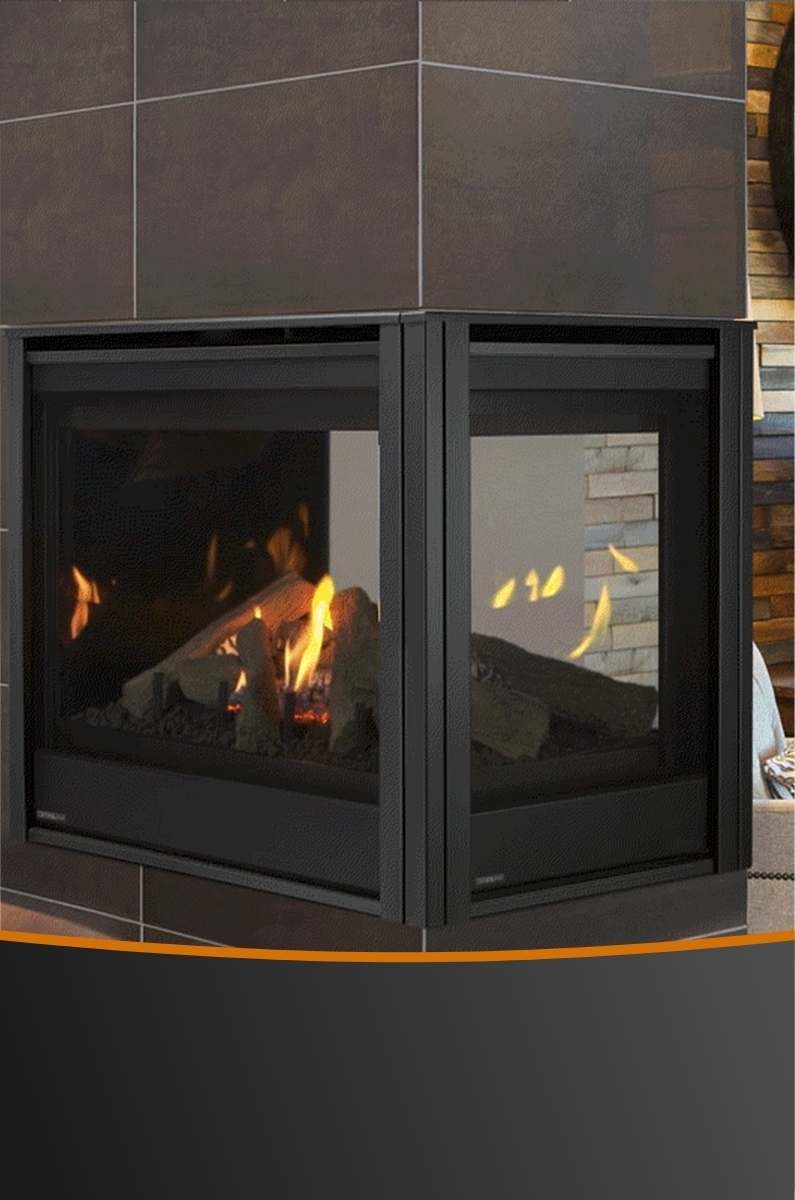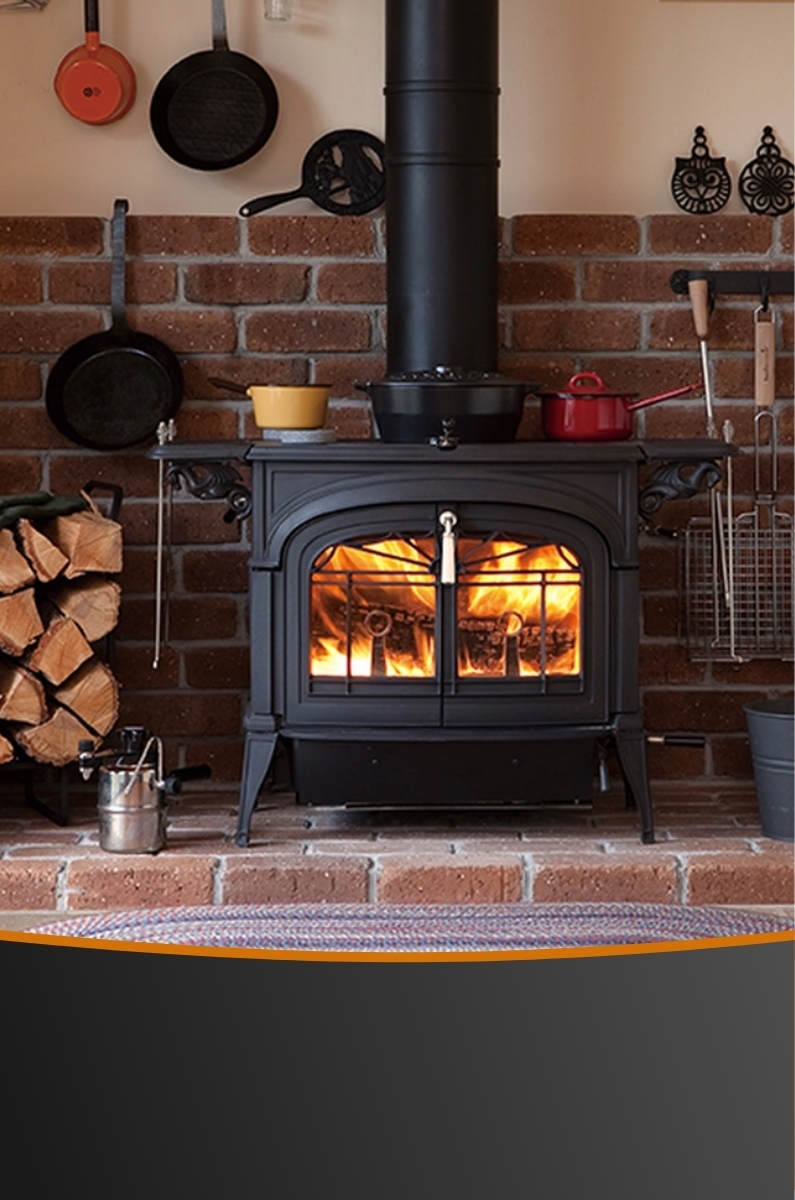Understanding Wood Fireplace Venting
When shopping for a wood-burning fireplace, one of the most important factors to understand is how it vents. Venting plays a critical role in how efficiently your fireplace burns, how safe it is, and how much heat you actually feel inside your home.
Modern wood fireplaces are designed to capture the charm of a traditional fire while meeting today’s standards for performance and air quality — but choosing the right venting setup is key.
If you’re considering adding a wood fireplace, here’s what you can expect from its venting system.
How Wood Fireplace Venting Works
Wood fireplaces vent vertically through a chimney system that carries smoke, gases, and particulates safely outside. Fresh air enters the firebox through adjustable air controls or dedicated outside air kits, providing the oxygen your fire needs to burn efficiently.
The venting system typically consists of:
-
A flue liner or chimney pipe that channels exhaust upward
-
A chimney cap that prevents rain, debris, or animals from entering
-
An air intake (optional in newer models) to bring in fresh combustion air
Unlike sealed gas units, wood fireplaces rely on natural draft — the rising hot air in the chimney pulls smoke and gases out of the home. The stronger and warmer the draft, the better your fire burns and the less smoke enters your room.
Why Homeowners Choose Properly Vented Wood Fireplaces
1. Authentic Heat and Ambience
There’s nothing quite like the crackle and aroma of a real wood fire. With the right chimney setup, you can enjoy that traditional experience while keeping your home safe and warm.
2. Reliable, Off-Grid Warmth
Wood fireplaces don’t depend on gas lines or electricity, making them a dependable heat source during outages or in rural areas. A properly vented system ensures that warmth stays in your living space rather than escaping up the chimney.
3. Improved Safety and Airflow
Modern wood fireplaces are engineered to meet strict emission standards. With correct venting and regular maintenance, they efficiently exhaust smoke and creosote — reducing fire hazards and protecting indoor air quality.
4. Flexible Installation Options
Today’s high-efficiency wood fireplaces can be vented through masonry chimneys or factory-built stainless steel systems, depending on your home’s structure. This means you can enjoy a wood fireplace in both new builds and retrofits.
What to Expect with Installation
Installing a wood-burning fireplace requires expertise and code compliance. A certified installer will:
-
Design the chimney layout for optimal draft and clearances
-
Use the correct venting materials
-
Connect outside air kits if required by code or model
-
Seal all joints and inspect for safety and performance
At Mod Living Spaces, our team can guide you or your installer through the venting process — from choosing compatible chimney components to ensuring your setup meets manufacturer specifications.
Everyday Living with a Wood Fireplace
Once installed, a well-vented wood fireplace offers lasting enjoyment:
-
Build a natural fire and control airflow for consistent heat
-
Keep your home cozy during cold nights — even off-grid
-
Enjoy the soothing sound and glow of real flames
-
Maintain your chimney regularly to ensure safe operation
Wood Burning Fireplace Venting
Wood fireplace venting remains the most traditional and timeless option — bringing warmth, independence, and natural beauty to your home.
Ready to find the perfect wood fireplace?
Explore our Top Wood Fireplaces at Mod Living Spaces — or call/text us anytime for expert help planning your venting system and installation.
In our next post, we’ll cover fireplace inserts and how they vent, helping you choose the best setup for your lifestyle and space.








